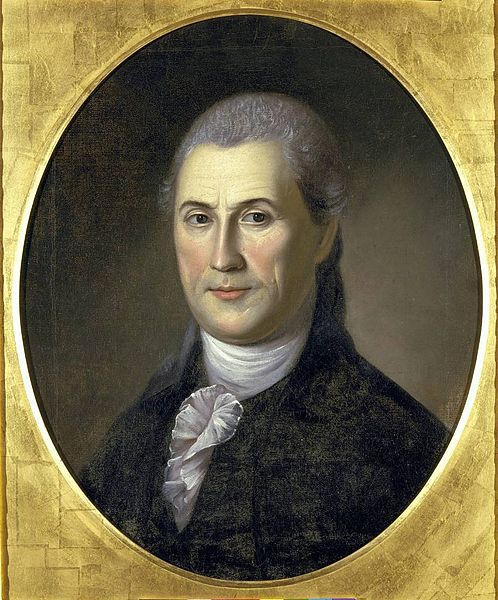On January 5, 1796, Samuel Huntington, the man who arguably served as the first president of the United States, died. Born in Scotland Parish (known today as Scotland, Connecticut), Huntington was a cooper’s apprentice before reading law and pursuing a career in public service. In 1768, he received an appointment as King’s Attorney for the Colony of Connecticut though he soon resigned his royal appointment—due in part to the imposition of the Intolerable Acts. A patriot of the American Revolution, Huntington served as a delegate to the Continental Congress, becoming one of the three Connecticut signers of the Declaration of Independence.
First President of the United States?
In 1779, Huntington became the 6th president of the Continental Congress. While serving his term in 1781, he signed the Articles of Confederation. Despite George Washington’s (mostly) undisputed claim as first president of the United States in 1789, the Articles were effectively the first Constitution of the United States and, hence, support the claim that Samuel Huntington was the first president of “The United States in Congress Assembled.”
Huntington did not return to Connecticut permanently until 1783. He won his bid for lieutenant governor in 1784, 1785, and 1786. In 1786, however, the gubernatorial election resulted in no candidate holding a majority vote, so the General Assembly selected Samuel Huntington to serve as governor of Connecticut—a position he held until his death in 1796. During his term in office, Samuel Huntington dealt with the Third Pennamite War (dispute over settlements by Connecticut’s Susquehanna Company in Pennsylvania), the distribution of the lands held in the Western Reserve, the ratification of the United States Constitution, and the construction of the state house in Hartford (now the Old State House).









